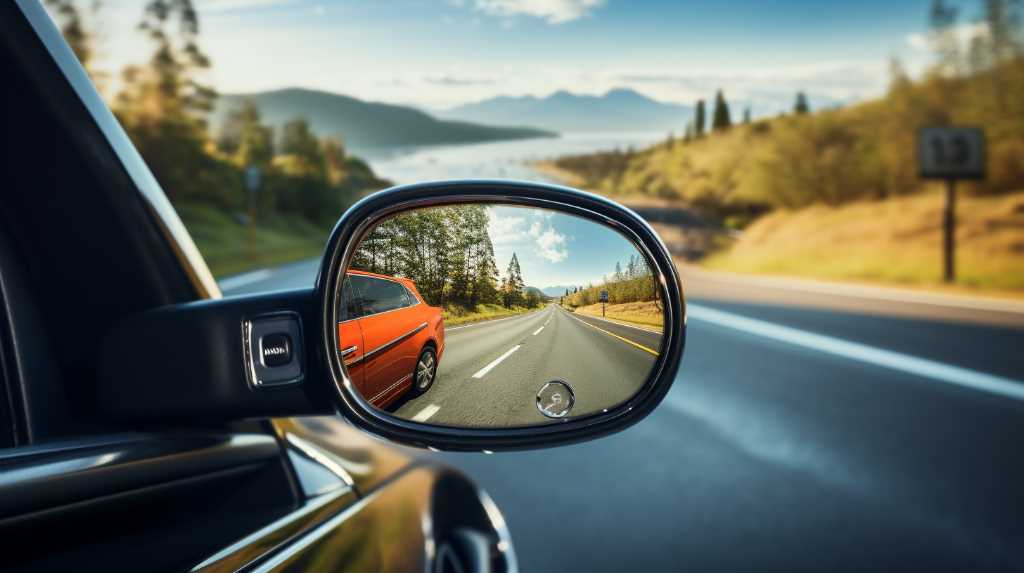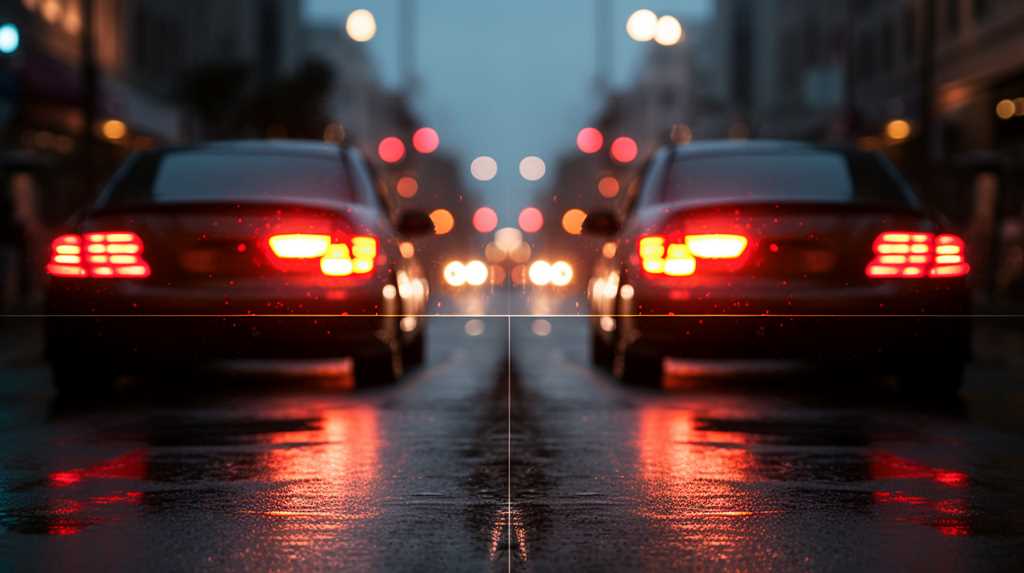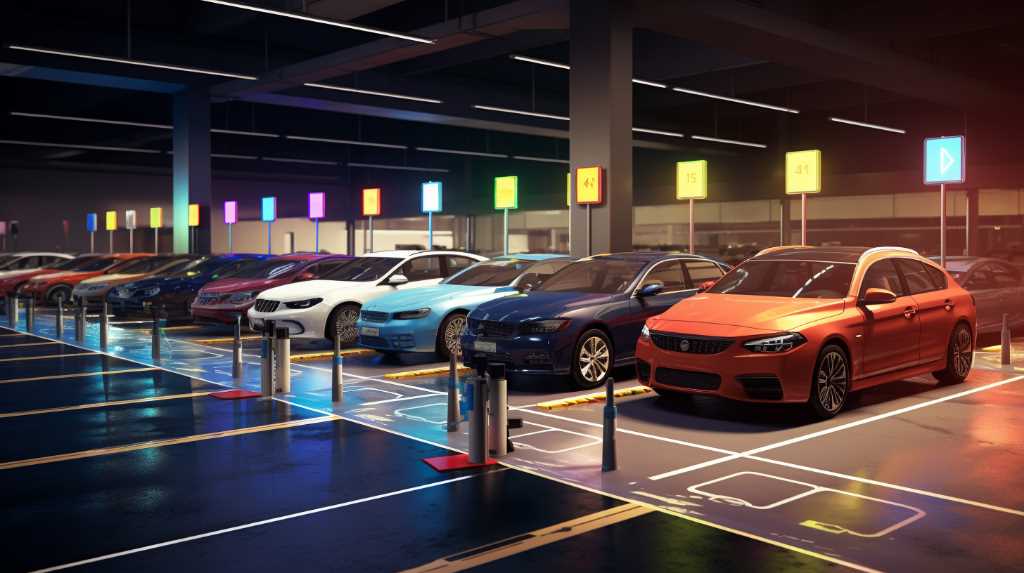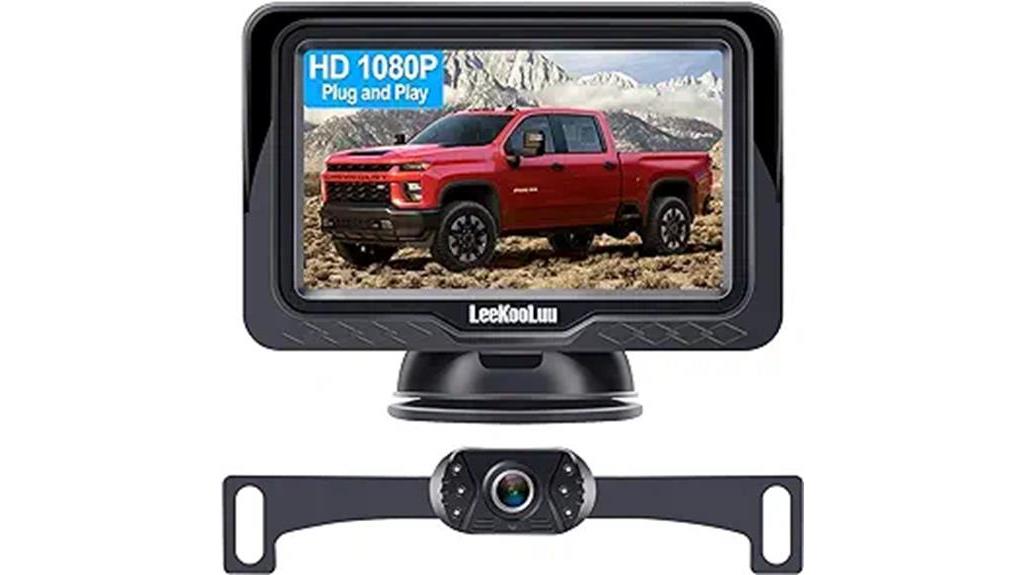Have you ever considered how cameras revolutionize your driving safety? As you navigate the roads, camera-based systems work tirelessly to safeguard your journey. Backup cameras help you reverse with confidence, minimizing the risk of accidents. They’re your eyes where you can’t see, providing a clear view of what’s behind you.
Meanwhile, collision avoidance technology and parking aids rely on cameras to alert you to potential hazards, ensuring you’re aware of your surroundings. Blind spot detection goes a step further, watching the areas you can’t, making lane changes smoother and safer.
And let’s not forget dash cams; they offer an unbiased eyewitness account in case of incidents, protecting you legally and giving you peace of mind. Cameras are a silent partner in vehicle safety, enhancing your driving experience with every mile.
Key Takeaways
- Cameras provide real-time visual feedback, alerting drivers to potential hazards that may go unnoticed.
- Backup cameras significantly reduce the risk of accidents during reverse maneuvers by eliminating blind spots.
- Vehicle cameras act as vigilant co-pilots, helping drivers evade potential collisions and simplify the parking process.
- Blind spot detection technologies alert drivers to unseen vehicles during lane changes or merges.
Understanding Camera-Based Systems
Your vehicle’s camera-based systems enhance safety by providing real-time visual feedback, alerting you to potential hazards that can often go unnoticed. These sophisticated electronic eyes continuously scan your surroundings, reducing blind spots and capturing critical information that you might miss. They’re especially helpful for detecting small objects or movements around your car that aren’t visible through mirrors.
Think of these cameras as vigilant co-pilots. When you’re reversing, a rear-view camera projects an image onto your dashboard screen, ensuring you’re aware of what’s behind you. It’s not just about avoiding a scratch or dent; it’s about ensuring that you don’t back into a pet, a toy, or, worst of all, a child.
Lane departure warnings are another key feature. Cameras track road markings and alert you if you’re drifting unintentionally, which is a common precursor to accidents. Similarly, forward-collision warning systems use cameras to monitor the distance and relative speed of the car in front of you. If you’re closing in too quickly, you’ll get a warning, potentially preventing a crash.
In essence, these systems act as an extra set of eyes, making you a more informed and, therefore, safer driver. They support your decision-making in complex traffic situations where your own senses mightn’t be enough.
Backup Cameras and Accident Prevention
Integrating backup cameras into your vehicle significantly reduces the risk of accidents during reverse maneuvers by eliminating blind spots. You’ve likely experienced the challenge of backing out of a tight spot, straining to see what’s directly behind you. With a backup camera, you can easily spot children, pets, or obstacles that might otherwise go unnoticed.
What’s more, many backup camera systems include dynamic guidelines that show the path your vehicle is taking based on steering input. You can adjust your trajectory with precision, avoiding scrapes with fences, poles, or other vehicles. These visual cues are invaluable, especially in bustling parking lots or on streets where visibility is limited.
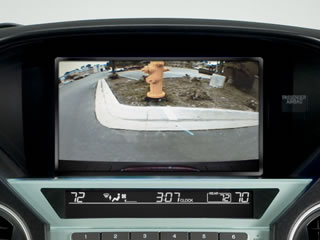
You’ll find that parking becomes quicker and safer, too. You no longer have to rely solely on mirrors or craning your neck to get a full view. The camera offers a clear picture of the rear environment, and some even provide a bird’s-eye view for better spatial awareness.
Statistics indicate that backup cameras have led to a significant decline in backup-related incidents. They’re not just a fancy add-on; they’re a critical safety feature that helps protect you, your passengers, and those around your vehicle.
Collision Avoidance and Parking Aid
Vehicle cameras extend their utility beyond mere backup assistance, acting as vigilant co-pilots that help you evade potential collisions and simplify the parking process. They’re your eyes when you can’t see around corners or through obstacles. For instance, side-view cameras activate when you signal a turn, showing you if it’s safe to change lanes. They can also detect fast-approaching vehicles you might miss, preventing dangerous side swipes.
These cameras aren’t just passive observers; they’re integrated into systems that warn you of impending danger. If you’re drifting out of your lane or about to hit something, auditory and visual alerts kick in, nudging you back to safety. Some advanced systems even take control momentarily, applying brakes or adjusting steering to avoid accidents.
When you’re parking, cameras come into play again. They give you a bird’s-eye view of your car, showing a virtual overview on your display. This makes fitting into tight spots a breeze. You’ll see lines guide you into the space, adjusting as you steer, ensuring you’re centered and clear of obstacles.
With vehicle cameras, you’re not just parking and driving; you’re doing so with a high-tech edge that keeps you and others safer.
Blind Spot Detection Technologies
Enhance your driving safety with blind spot detection technologies that alert you to unseen vehicles during lane changes or merges. These systems use cameras or sensors to monitor the areas beside and just behind your vehicle—spaces that you can’t easily see through your mirrors.
When a car enters your blind spot, the technology typically warns you with an illuminated symbol on the corresponding side mirror. Some systems also provide an audible alert if you signal a lane change while a vehicle is in your blind spot. This can be a lifesaver, especially on busy highways where vehicles can quickly come up from behind or linger unseen by your side.
More advanced systems take action by gently steering you back into your lane or applying the brakes to prevent a collision. They’re constantly active, providing peace of mind as you navigate complex traffic situations.
Dash Cams for Safety and Evidence
Beyond monitoring your blind spots, you’ll find that installing a dash cam provides a reliable witness in the event of an incident on the road. It’s your silent guardian that captures real-time footage, which can be crucial in determining the facts during an insurance claim or legal dispute. You won’t have to rely solely on eyewitness accounts, which can be unreliable or difficult to obtain.
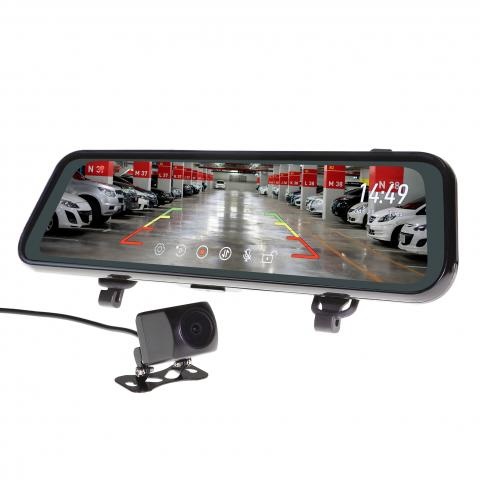
Dash cams aren’t just about post-accident evidence. They can also encourage safer driving. Knowing your actions are recorded, you’re likely to be more conscious of how you drive, which can reduce the risk of accidents. Some dash cams even offer real-time feedback, alerting you to potential hazards or when you’re drifting out of your lane.
In cases of hit-and-run or vandalism, your dash cam footage can be invaluable. It can help law enforcement identify the culprits or provide evidence that supports your version of events. And with the advancements in technology, some dash cams now include features like GPS tracking, which can pinpoint the exact location of an incident, as well as the speed you were traveling, adding another layer of evidence to bolster your case.
Frequently Asked Questions
How Do Weather Conditions Affect the Performance of Vehicle Safety Cameras?
Weather conditions can impair your car’s safety cameras, causing fog, rain, or snow to blur the image, and extreme temperatures might affect their function, reducing your visibility and assistance on the road.
Are There Any Privacy Concerns Associated With the Constant Recording of Dash Cams?
You might worry about privacy with dash cams constantly recording, but they’re legal in public spaces. Just ensure you’re not capturing private moments in places where people expect privacy.
How Does the Integration of Camera Systems Impact Vehicle Battery Life and Maintenance?
You’ll notice your car’s battery drains faster with camera systems installed, and maintenance may increase due to additional wiring and software updates needed to keep the cameras functioning optimally.
What Are the Legal Implications of Using Dash Cam Footage in Traffic Disputes and Court Cases?
You’ll find dash cam footage can be pivotal in traffic disputes, offering concrete evidence that might sway court decisions, but privacy laws and consent issues can complicate its legal admissibility and use.
Can Aftermarket Camera Safety Systems Be as Reliable as Factory-Installed Ones?
You can find aftermarket camera systems nearly as reliable as factory-installed options, but it’s crucial to choose reputable brands and ensure professional installation for optimal performance and dependability.
Conclusion
You’ve seen how cameras revolutionize vehicle safety. They’re not just gadgets; they’re your vigilant co-pilots. With backup cameras, you avoid rear-end mishaps. Collision avoidance systems and parking aids turn tricky maneuvers into a breeze. Blind spot detection keeps you aware of the unseen, and dash cams capture the truth, protecting you legally. Embrace these eyes on the road; they’re your ticket to a safer, more confident driving experience.
Related Articles
Be sure to also check out these articles right here at Motion Performance Motorsports
The Complete Buyers Guide for Backup Cameras
Next Backup Camera Article: Why Install a Backup Camera in Your Vehicle?
Previous backup Camera Article: Installing Wireless Vehicle Safety Cameras: A How-To

Hey there, I’m Terra Frank, the driving force behind Motion Performance Motor Sports. I’m thrilled to have you here, exploring the fascinating world of cars, trucks, and everything related to automotive performance and accessories.
